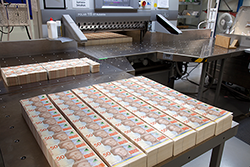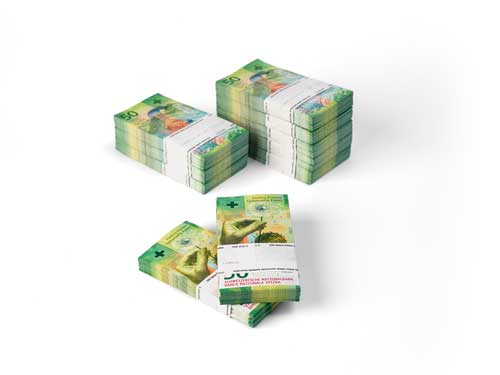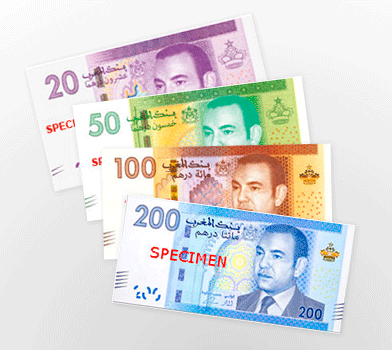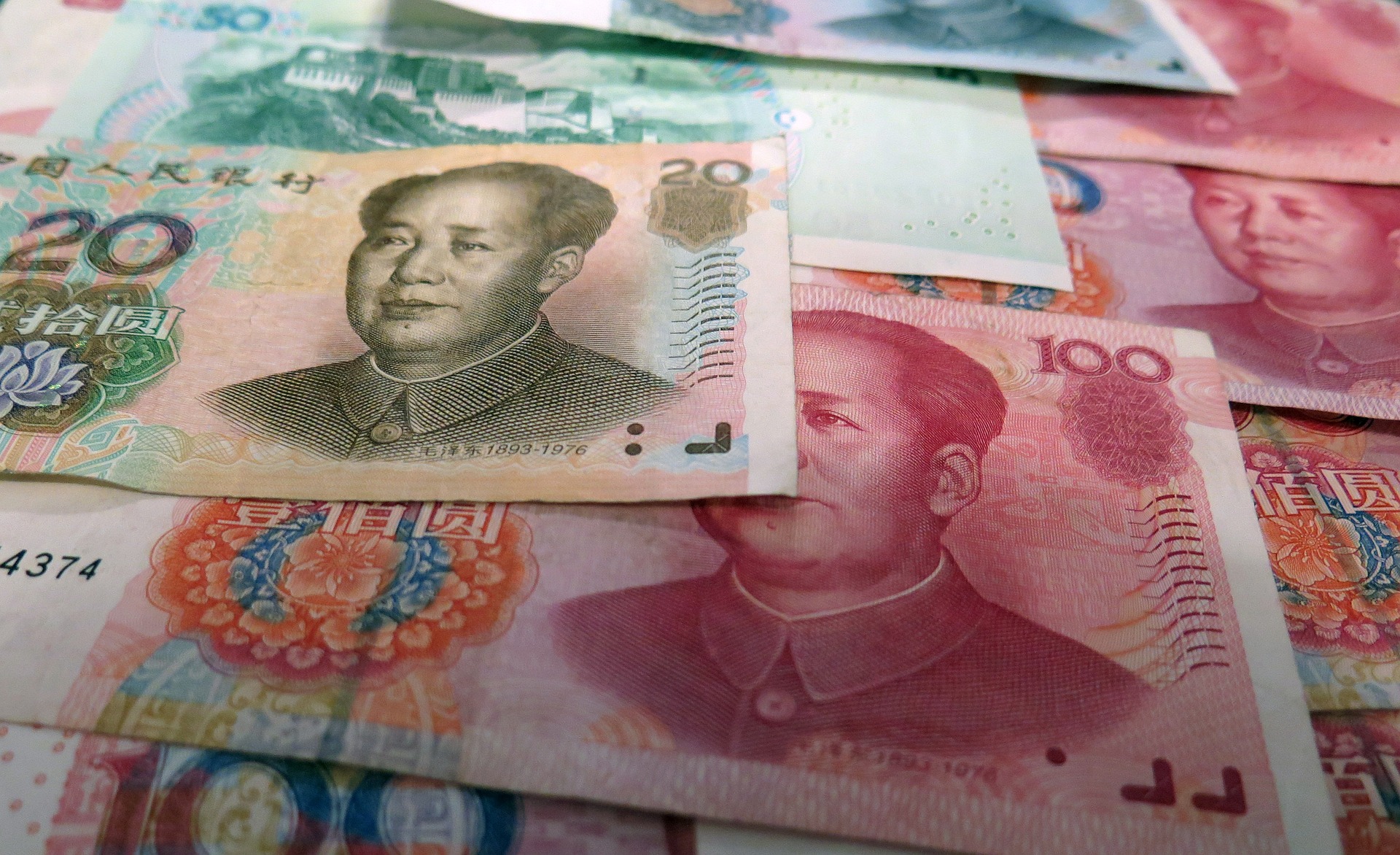If you are going to travel to Mexico, don’t miss out on this post
If you're traveling to Mexico soon, don't miss our post to learn a bit more about its currency, the Mexican Peso (MXN).
The Mexican peso is the official currency of Mexico. Its ISO 4217 code is MXN and its symbol is $. Each peso is divided into 100 cents.
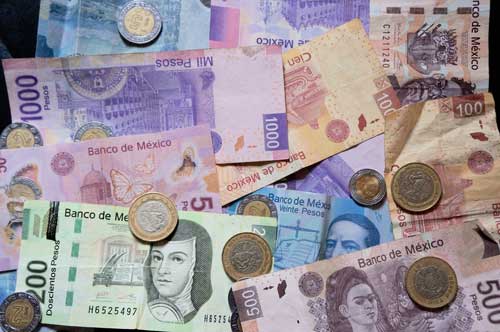
History
At the time of the conquest, the Spaniards introduced coins they carried and used them in conjunction as ways of payment with the natives (along with cacao, beads, feathers) or trade. In the sixteenth century the first factory of minting (Mint of Mexico) was inaugurated and began to mint the Peso. In 1925 the Bank of Mexico would be responsible for issuing the bank notes are created. In the 90s, due to inflation, the old peso was replaced by the new peso, as we know it today.
Notes and coins
Mexican Pesos banknotes are 20, 50, 100, 200, 500 and 100 Pesos. The 20 and 50 are polymer and 100, 200, 500 and 1000 are cotton paper. There are a number of notes in circulation plus two Mexican independence commemorative banknotes, the 100 and 200 pesos.
Mexican Pesos coins are 5, 10, 20 and 50 cents and 1, 2, 5, 10 and 20 pesos.
Mexican Peso rate (MXN) On our website you can check the rate of the Mexican Peso daily updated. You will be able to make a reservation of Pesos (if we have them in stock) or if you prefer you can directly buy your Mexican Pesos and receive them at home. Remember that you can exchange your leftover Pesos back to Euros in any of our exchange offices. We just accept notes, so remember to change the coins before you leave Chile.



